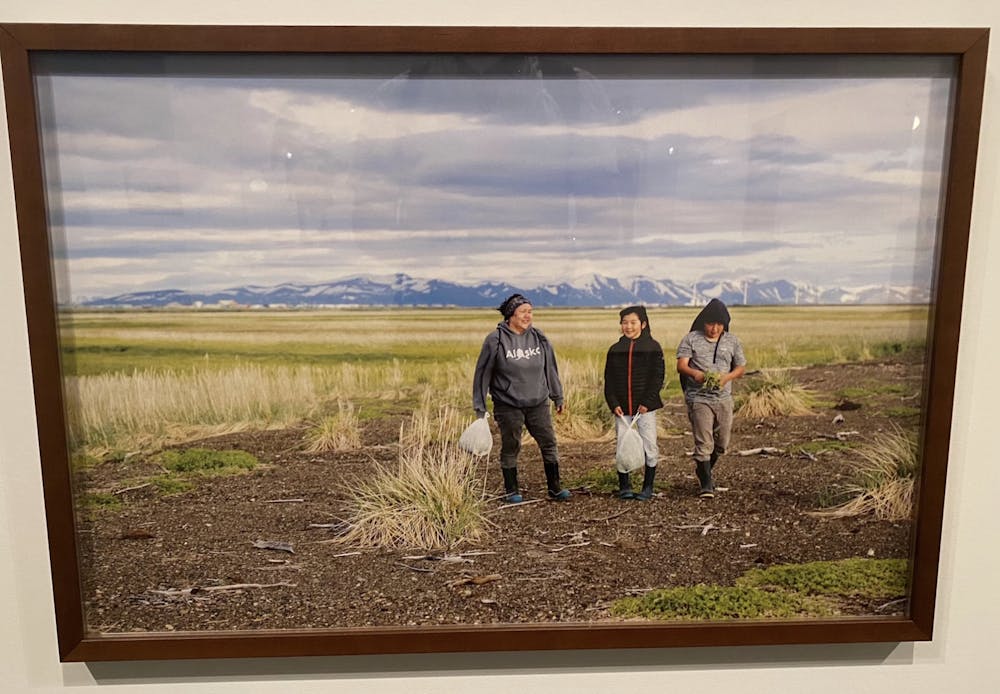
The New India Foundation (NIF), a Bengaluru based literary and cultural organisation, has just announced the awardees of the first round of its Translation Fellowships, chosen from across 10 Indian languages.
They are NS Gundur, Rahul Sarawate, and Venkateswar Ramaswamy along with Amlan Biswas. The awardees are each working to translate into English non-fiction texts from Kannada, Marathi, and Bangla, respectively.
Each of these books, is, according to the NIF jury, “historically significant”. Literary historian Gundur is working to translate D.R. Nagaraj’s Allamaprabhu Mattu Shaiva Pratibhe. The Kannada book, which was first posthumously published in 1999, will introduce the life and thought of the 12th century Shaiva mystic, Allama Prabhu, to an English readership.
Historian Sarawate’s translation will do the same with Sharad Patil’s Marxvad: Phule-Ambedkarvad, first published in 1993. The Marathi text is a collection of essays that elucidates his political philosophy of synthesising Marxism with the anti-caste ideals of Jotirao Phule and BR Ambedkar.
Literary translator Ramaswamy and former assistant director of the Anthropological Survey of India Biswas will together be working on Nirmal Kumar Bose’s Diaries:1946-1947. Bose, an anthropologist and professor, was Mahatma Gandhi’s Bengali interpreter between 1946 and 1947. This time included Gandhi’s peace mission in the riot-affected areas of Noakhali. Bose’s diaries will therefore offer glimpses into the life of Gandhi during these years, and of the author’s life in general, in the lead-up to Indian Independence in August 1947.
These winners (or duo, in the case of Ramaswamy and Biswas), will each receive for six months, a stipend of Rs. 6 lakhs to research and work on these texts.
The NIF had invited applications and proposals for this fellowship in August 2021. Winners were then selected by a jury consisting of the NIF’s trustees — this includes political scientist Niraja Gopal Jayal, historian Srinath Raghavan, and entrepreneur Manish Sabharwal. They were joined by bilingual scholars and literary translators like Kuladhar Saikia (Assamese); Ipshita Chanda (Bangla); Tridip Suhrud (Gujarati); Harish Trivedi (Hindi); Vivek Shanbhag (Kannada); Rajan Gurukkal (Malayalam); Suhas Palshikar (Marathi); Jatin Nayak (Odia); AR Venkatachalapathy (Tamil); Ayesha Kidwai & Rana Safvi (Urdu).
The NIF also has Book Fellowship, instituted in 2008, for original research on topics related to post-Independent India. This has so far lead to 22 published books.




